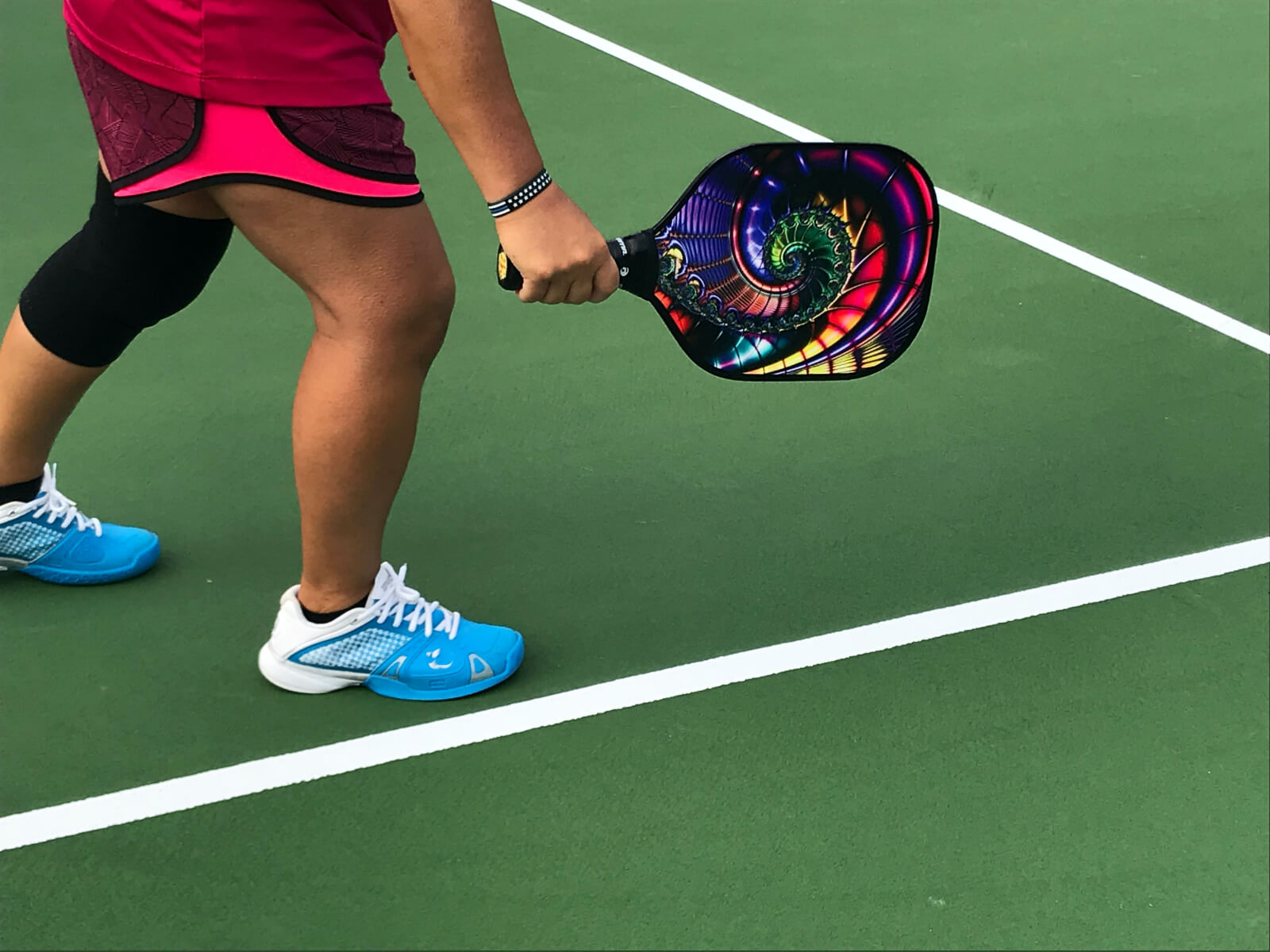When Linda came to see me for knee pain she had a very common issue: nagging, up-and-down knee pain/swelling that had become increasingly worse over the last few years and now was preventing her from full participation in her hobbies and staying fit. Linda is a 67-year-old woman without any recent injury history but did play soccer in her 20s and 30s, stopping due to knee pain that went away shortly after. Linda, like so many people of all ages, had a meniscus tear.
Meniscus tears often fall into a gap of the conventional medical system because they aren’t great candidates for surgery (meniscus surgery triples your risk of a knee replacement later in life1) and while physical therapy is helpful, it often gets people back to “good” but not “great”.
This is where autologous biocellular adipose graft therapy (“stem cell therapy”) really shines. By creating a powerful healing response that can modulate inflammation and repair damaged tissue, adipose graft therapy is an excellent therapy for meniscus tears.
Linda had this exact experience, after years of putting off doing anything and hoping it would go away, we decided to move forward with an autologous adipose graft therapy. Done under ultrasound guidance, the regenerative medicine was placed exactly into the areas that needed healing and the mixture of mesenchymal stem cells and growth factors went to work. After 1 month she was feeling good but still had to limit her daily walks, after 2 months she could walk as far as she’d like without pain, and after 3 months she was back to playing pickle ball and doing a full-strength training routine.

The current scientific literature shows immense promise for meniscus tears. In a 2021 study of 20 patients with meniscus tears and osteoarthritis who had all failed conservative therapy (physical therapy), adipose therapy provided a greater than 60% reduction in pain, better knee function, and did so for over a year with a single treatment2. In our patients at ORM we see even better than 60% improvement for patients who don’t wait for years to do something about their pain. Meniscus tears without osteoarthritis do extraordinarily well and generally don’t’ require ongoing therapy. Studies showing proof-of-concept for adipose therapy actually repairing tears and increasing meniscal tissue volume also continue to pile up3,4,5,6. Linda’s knee problems are very common and can come from old injuries or new activities. Any twisting, pivoting, or planting of the legs can result in even minor injuries causing pain. Don’t fall into the trap of thinking that physical therapy and surgery are your only options for meniscus tears. Utilize your body’s own healing power and stay active.
References
- Rongen JJ, Rovers MM, van Tienen TG, Buma P, Hannink G. Increased risk for knee replacement surgery after arthroscopic surgery for degenerative meniscal tears: a multi-center longitudinal observational study using data from the osteoarthritis initiative. Osteoarthritis Cartilage. 2017;25(1):23-29.
- Malanga GA, Chirichella PS, Hogaboom NS, Capella T. Clinical evaluation of micro-fragmented adipose tissue as a treatment option for patients with meniscus tears with osteoarthritis: a prospective pilot study. Int Orthop. 2021;45(2):473-480.
- Centeno CJ, Busse D, Kisiday J, Keohan C, Freeman M, Karli D. Regeneration of meniscus cartilage in a knee treated with percutaneously implanted autologous mesenchymal stem cells. Med Hypotheses. 2008;71(6):900-908.
- Pak J, Lee JH, Lee SH. Regenerative repair of damaged meniscus with autologous adipose tissue-derived stem cells. Biomed Res Int. 2014;2014:436029.
- Mahajan PV, Subramanian S, Parab SC, Mahajan S. Autologous minimally invasive cell-based therapy for meniscal and anterior cruciate ligament regeneration. Case Rep Orthop. 2021;2021:6614232.
- Onoi Y, Hiranaka T, Nishida R, et al. Second-look arthroscopic findings of cartilage and meniscus repair after injection of adipose-derived regenerative cells in knee osteoarthrits: Report of two cases. Regen Ther. 2019;11:212-216.
Photos by Joan Azeka and Venti Views on Unsplash



